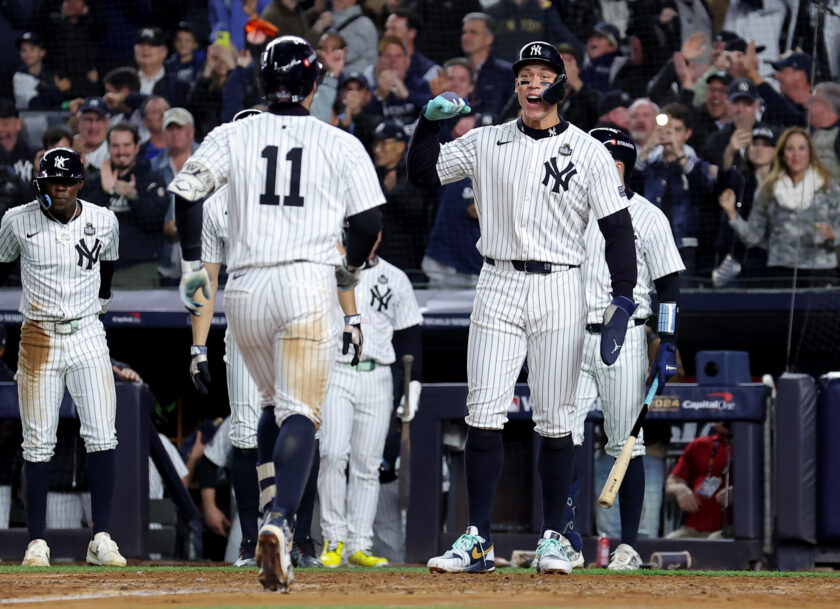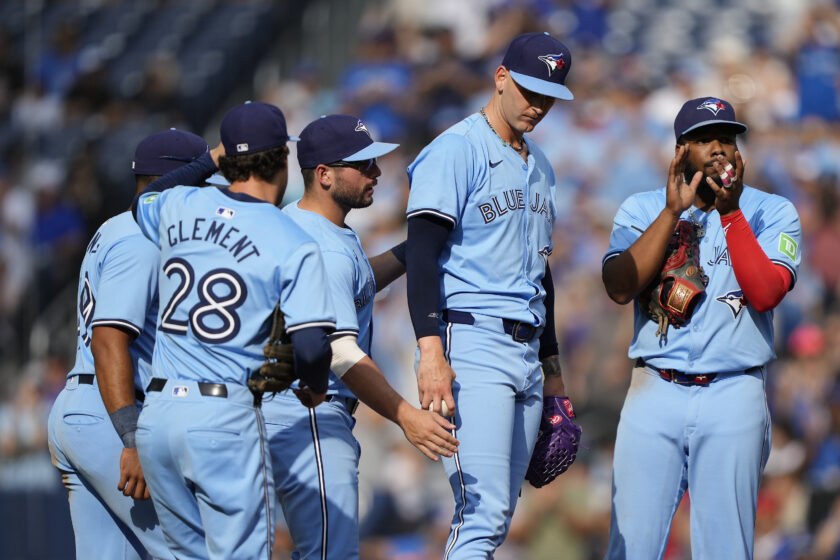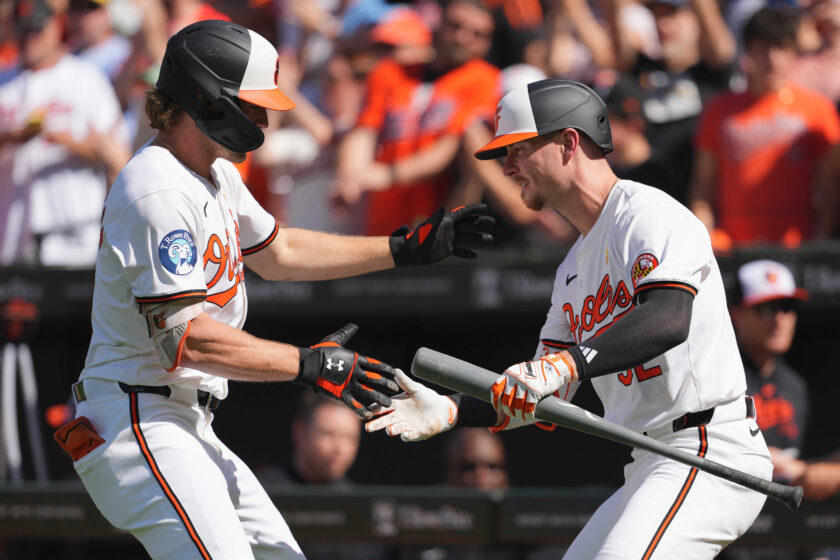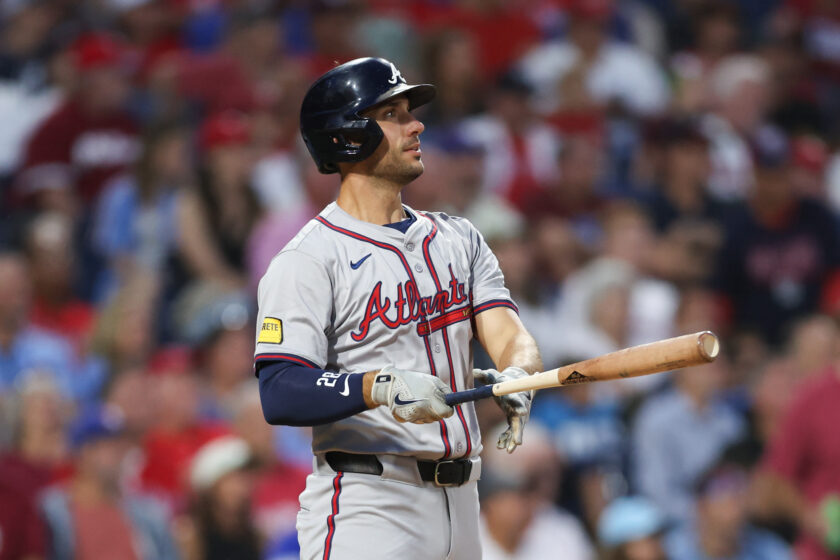Selecting homegrown players is the change the MLS SuperDraft needs

The MLS SuperDraft hasn’t been successful when it comes to producing prime players. The MLS is in dire need of a change.
[sc name=”Onz Chery Banner” ]“With the first pick of the first round of the 2020 MLS SuperDraft Inter Miami selects…” a player who’s odds of having a successful career is actually not that high.
The MLS announced they will hold their SuperDraft on Jan. 9. It’s hard not to think that, over the years, this draft hasn’t produced that many high-quality players. It’s not even that MLS draft picks are underperforming in the league, they can’t even keep their spots in MLS.
Let’s take a look at the 2013 draft. These players are around the age of 27 now, which is supposed to be the prime of their career. The No. 1 pick, Andrew Farrell, did somewhat live up to the expectations early in his career.
Farrell made the 2016 All-Star team but his performances diminished over the years. As of now, at 27, the American is not one of the best fullbacks in MLS.
The No. 2 pick, Carlos Alvarez, is in the USL with Loudoun United. Alvarez only spent two years in the MLS.
The third pick, Kyle Bekker, jumped between three MLS teams in the first three years of his professional career. He was released by Montreal Impact in 2016 at just 26.
Of the first 38 players drafted in 2013, only eight of them are currently in the MLS or a higher league. Only five of the 24 first overall picks have made the All-Star or All-MLS team. That’s just not good enough.
To be fair, there have been a few spectacular players from the MLS Superdraft. 2016’s first pick, Jack Harrison, is now playing in England’s second tier. The first-round pick the year before Harrison, Cyle Larin, won Rookie of the Year and signed a deal with one of the best teams in Turkey, Besiktas J.K., in 2018.
The productive first picks are few and far between though. It’s just not enough to make up for the unfortunate careers of so many players drafted.
All leagues start off with bad ideas. It’s not too late for the MLS to transition out of the MLS Draft, or better yet modify it.
Before getting into the modification, it’s wise to analyze why the MLS SuperDraft hasn’t been productive.
Picking the best players from colleges isn’t the worst idea. It’s not clicking for the MLS because there’s a huge gap in talent between the college level and the MLS.
On top of that, there’s an issue with the age college players get drafted. Most players get drafted at 20 years of age or older. That’s too late to turn pro in the soccer world. College players’ development is slowed down when they’re spending two-three years at a level that’s far below MLS.
It would be better for those players to be on a professional team at the crucial age of 18 or 19. That way they can start getting accustomed to training with professionals, as well as playing with and against professionals. That’s what they do in Europe.
Throwing a player at the professional level after 20 is literally setting him up for future failure.
Players in other sports in the U.S. can manage to transition from the collegiate level to the professional level almost seamlessly. That’s because the gap between college and the professional leagues aren’t that different, or they have a minor league system to help them develop. Neither of those things is true for the MLS.
Furthermore, MLSers are thrown into a foreign team with a new system. So these players don’t only have the task of suddenly having to adapt to a much stronger league, but they also have to learn a new system.
Many Homegrown players take both routes. They play in college and for an MLS club’s second or youth team. One example of this is USA representative and Seattle Sounder Jordan Morris. That path isn’t much different than being an MLS draft pick. Players still spend seasons in college, but they have the advantage of a professional environment behind them.
Morris, 25, has been a professional for three years. Let’s compare him to a Homegrown Player who didn’t go to college, Andy Najar. At 19, Morris was playing for Stanford University while Najar was in the MLS. Morris is still playing in the MLS, while Najar is in Europe with R.S.C. Anderlecht.
Some of the best American players during the late 90s and early 2000s were drafted as teenagers with Generation Adidas. Players like Tim Howard, Jozy Altidore, and Michael Bradley all fit that bill. In spite of the success, it became very rare for players to get drafted without going to college.
Teams mostly signed teenagers to Homegrown contracts here and there. Some of these Homegrowns turned into remarkable players like Matt Miazga, Tyler Adams, and Alphonso Davies.
These players didn’t excel just because they had something spectacular in them. It took being developed the right way for them to excel.
Quite frankly, the idea of signing teenage players is growing in MLS. That doesn’t mean it’s being done enough. College is still by far the most taken route to become a pro.
All this brings us to the modification of the MLS SuperDraft.
There are 104 picks in the 2020 MLS SuperDraft divided into four rounds. Two rounds could be dedicated to clubs signing teenagers from youth teams or second teams.
It wouldn’t be any different from the European way of signing players from their youth teams. It would put an American spin to it: a “draft.” The draft would then allow for youth talent to be spread out across the MLS. That, in turn, would create more parity in a league often without any.
Of course, some of these Homegrown Players won’t succeed, but at least they will be developed at a professional level. It’s always hit or miss with young players, but if a team hits, they get a teenage Tyler Adams. It’s worth taking the chance.
Originally from Haiti, Ralph 'Onz' Chery started his writing career as a City College of New York student with The Campus. He also wrote for First Touch, the Cosmopolitan Soccer League and other local leagues. After graduating, Onz started covering the New York Red Bulls for ESNY and joined Haitian Times.






